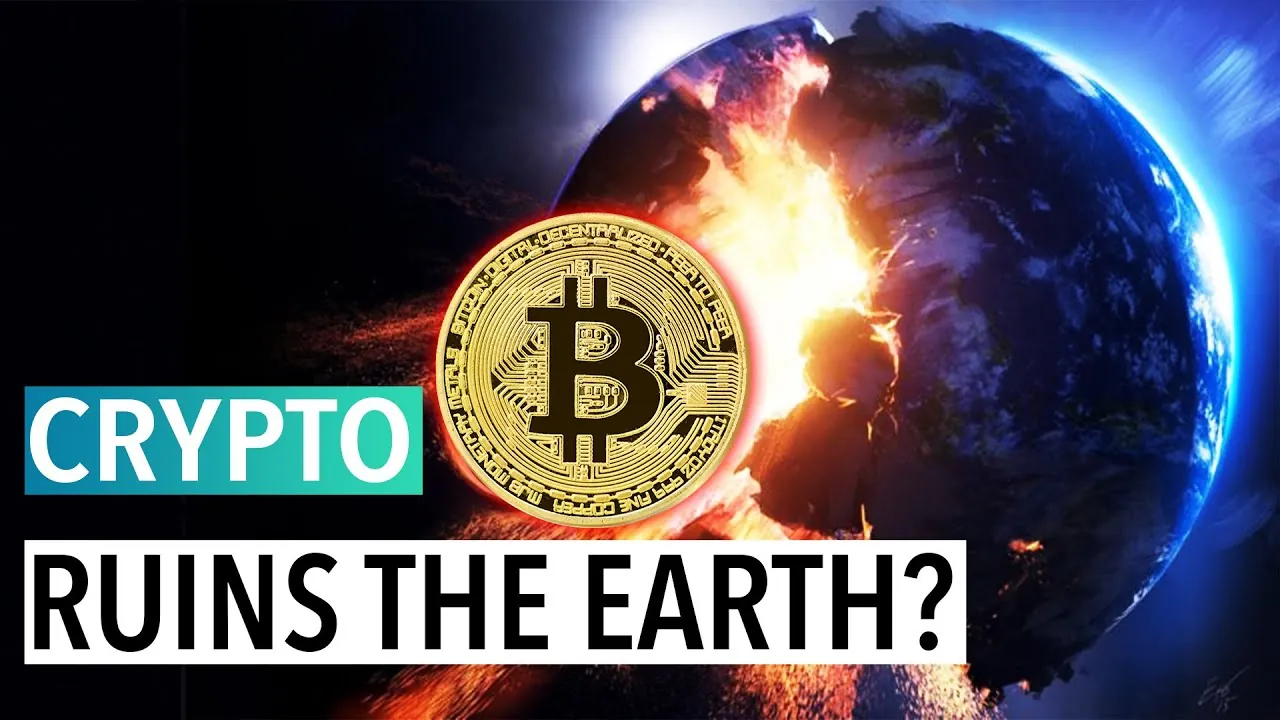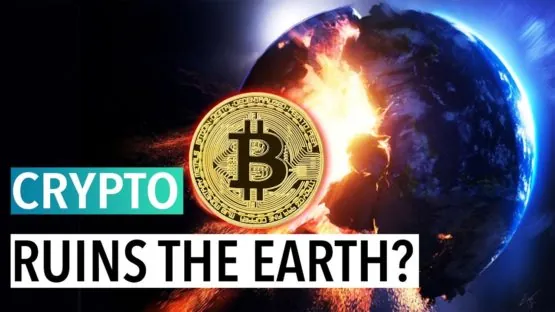On this episode of Science to Save the World, we discuss the environmental concerns related to cryptocurrency and methods of mitigating them.
Script
As the cryptocurrency industry expands rapidly, so do concerns about its environmental impact. Can we find ways to mitigate environmental impact while still benefiting from the positive uses of this new technology?
On the positive side, crypto tokens will power a decentralized internet. New York City’s mayor, Eric Adams, believes cryptocurrency and blockchain technology are the way of the future. He just accepted his first paycheck in Bitcoin and Ethereum. But in 2021, a group of 70 climate, economic and racial justice organizations petitioned Congress to address cryptocurrency’s climate implications. They cite extraordinary levels of carbon emissions, energy consumption, and electrical waste caused by bitcoin usage, manufacture, and mining.
The Cambridge Bitcoin Electricity Consumption Index (CBECI) says bitcoin, the most extensively mined cryptocurrency network, consumes 122.87 Terawatt-hours of electricity annually. This is more than the Netherlands, Argentina and the United Arab Emirates combined. Digiconomist estimates that bitcoin mining causes emissions of around 96 million tons of CO2 each year, which is comparable to the emissions produced by several countries. Annual mining for Ethereum, the second most popular cryptocurrency, adds another 47 million tons of carbon dioxide.
Discarded mining rigs and peripherals also create a huge amount of electronic waste. Bitcoin mining produces a byproduct of about 30 kilotons of electronic garbage each year. Of course, Bitcoin isn’t the only industry that uses more energy than some countries. The concrete industry consumes more energy than all of India.
Some crypto mining uses renewable energy. According to CBECI, 62% of global miners use hydropower for at least some of their electricity, 38% use coal, and 39% use a combination of solar, wind, and geothermal energy.
Other bitcoin mining operations have teamed up with struggling fossil fuel power plants. This is keeping operational “dirty” power plants that would otherwise have been closed, resulting in increased overall carbon emissions. Originally built in the 1930s to run on coal, the Greenidge Generating Station in Dresden, New York is one such example.
One approach being used to make Bitcoin mining more sustainable is to employ “stranded” or wasted energy, of which there’s plenty. Stranded natural gas is produced when hydrocarbon production yields a little gas on the side, but not enough to warrant commercial collection. So it’s ignited and flared off. Since it otherwise will be flared, bitcoin miners buy this gas at very low cost and use it to power bitcoin mines.
Another major solution already integrated into many cryptocurrencies uses an alternate “proof-of-stake” method to verify the blockchain. Cryptocurrencies such as Solana, Cardano and Cosmos already use proof-of-stake. With proof-of-stake, crypto users “stake” some of their coins in exchange for the chance to validate new transactions and update the blockchain, earning a reward. Another possible solution is to build a new “layer” on top of the existing blockchain. Two people who want to trade NFTs or crypto, for example, may create their own “channel” on the second layer where they could make an almost infinite amount of transactions. They can settle the net outcome of their transactions back on the blockchain, where it can be added to the verified ledger via the proof-of-work process once they’ve done their business.
Climate based DAOs and Social Impact Investing are other countermeasures. Check out our Crypto For Good episode to see more about both of these. Klima DAO, an example of a climate-based DAO, incentivizes and drives climate action by distributing rewards with a carbon-backed, algorithmic digital currency.
Other validation methods are also being developed, such as proof-of-history, proof-of-elapsed time, proof-of-burn, and proof-of-capacity. All of these approaches require less computing power, giving them an obvious advantage over the energy-intensive proof-of-work model. Although the benefits of cryptocurrency are obvious and revolutionary, the climate clock is ticking.



